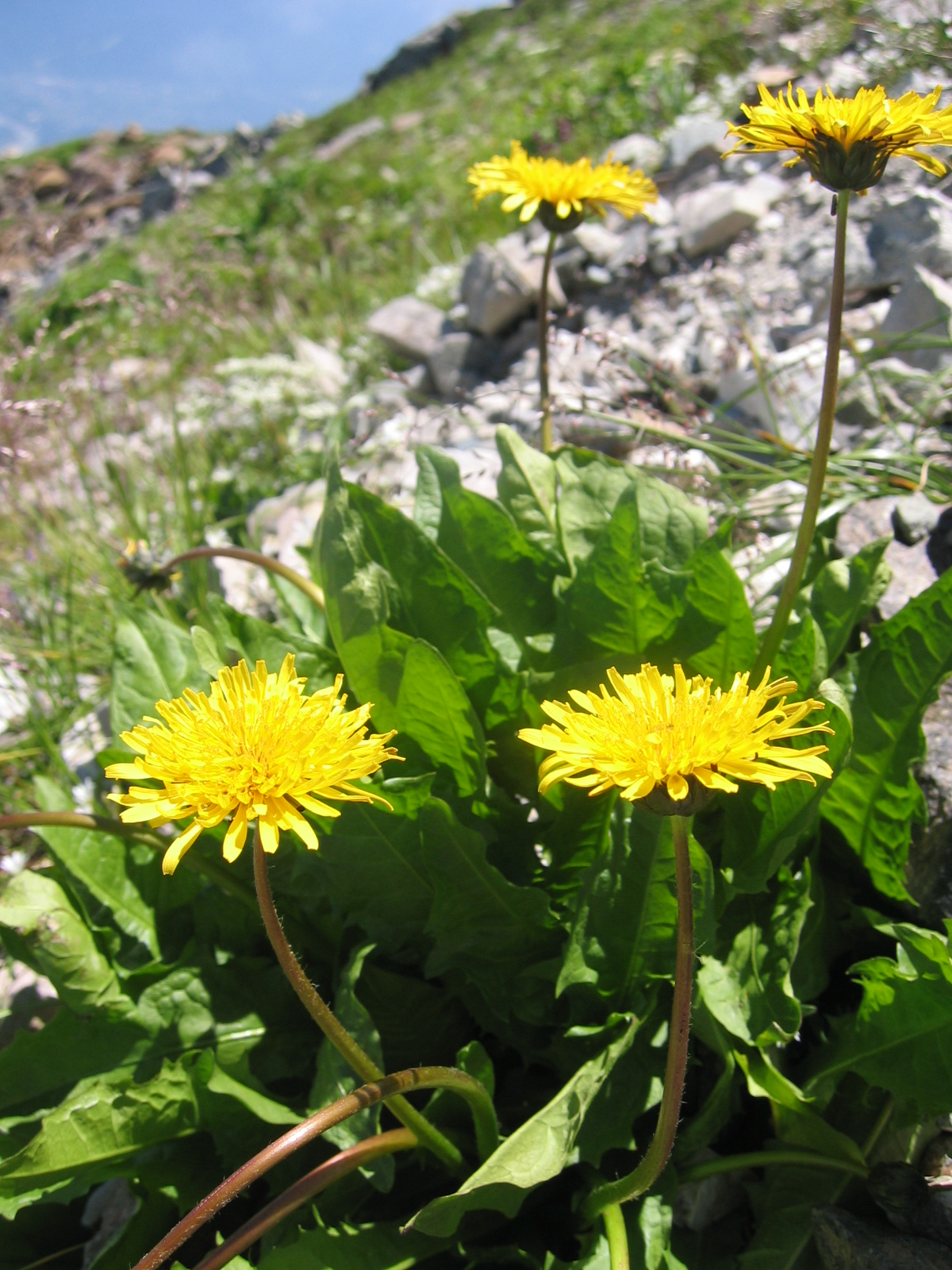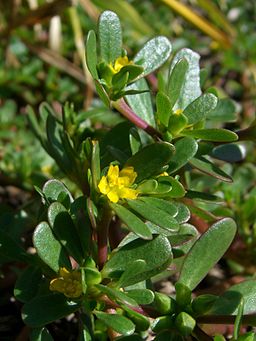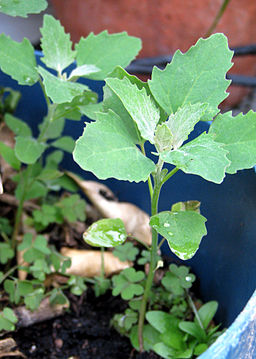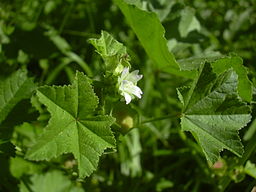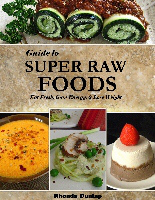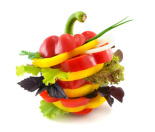Being a vegnut, I have been learning about the wild edible foods here in Colorado. This year I discovered edible wild foods right in my own backyard. For years I’ve been tirelessly pulling out these “weeds” and then I discovered that they are truly amazing little nutritional gems. Wild foods are often more nutritious than some of our grocery store greens.
Now I am protecting my “weeds” from being eradicated from my yard. My spouse now knows not to touch the purslane, dandelions, lambs quarters, mallow or plantains growing in the garden. I enjoy harvesting these little gems every couple of days to add to my morning smoothies, salads, and veggie wraps.
Dandelion is a very rich source of beta-carotene which we convert into vitamin A. This flowering plant is also rich in vitamin C, fiber, potassium, iron, calcium, magnesium, zinc, and phosphorus. It is a good place to get B complex vitamins, trace minerals, organic sodium, and even vitamin D. Dandelion contains protein too. Avoid dandelions where weed killer or fertilizers have been sprayed.
Purslane contain surprisingly more omega-3 fatty acids (?-linolenic acid) than any other leafy vegetable plant. 100 grams of fresh purslane leaves provide about 350 mg of ?-linolenic acid. They are loaded with Vitamin A, iron, magnesium, calcium and some B-complex vitamins. These little nutrient powerhouses are mild tasting and they grow profusely all over my garden.
Lambs Quarters are very high in Vitamin K, vitamins A and C, riboflavin, calcium, manganese, and they have all the amino acids to form a complete protein. This superfood, aka weed, is delicious sauteed, in smoothies and salads.
Malva or Mallow is often used in teas for throat, bronchial inflammation and to calm the digestive system. It is also used for skin irritations such as bug bites, eczema and dry skin. I find the plant in my garden has a deep root that requires a bit of effort to pull out. Or just pick the leaves and infuse in water as a tea, or add to a smoothie or salad.
I hope you will be inspired to learn more about the benefits of wild edible foods that grow in backyards and gardens. It is empowering to learn about plants and what they are so you can decide whether or not to keep them in your yard. I know there are thousands of plants that can be toxic and so being aware of which plants are good and those that are not is a good thing for you and your family.
For another article on Edible Wild Foods click here.
References:
http://www.sunwarrior.com/news/11-health-benefits-of-dandelion-and-dandelion-root/
http://voices.yahoo.com/the-natural-health-benefits-malva-6682724.html
http://www.nutrition-and-you.com/purslane.html

